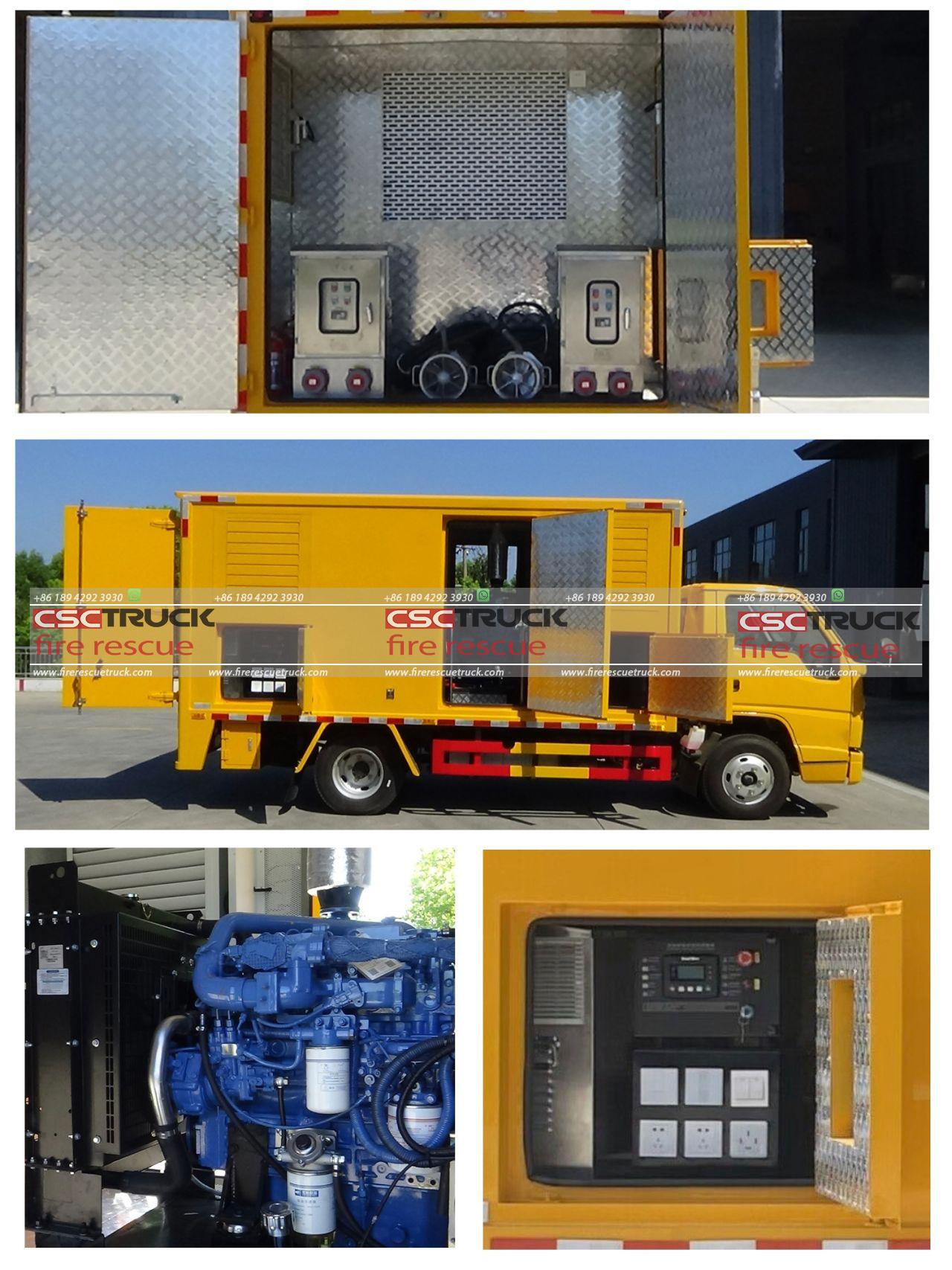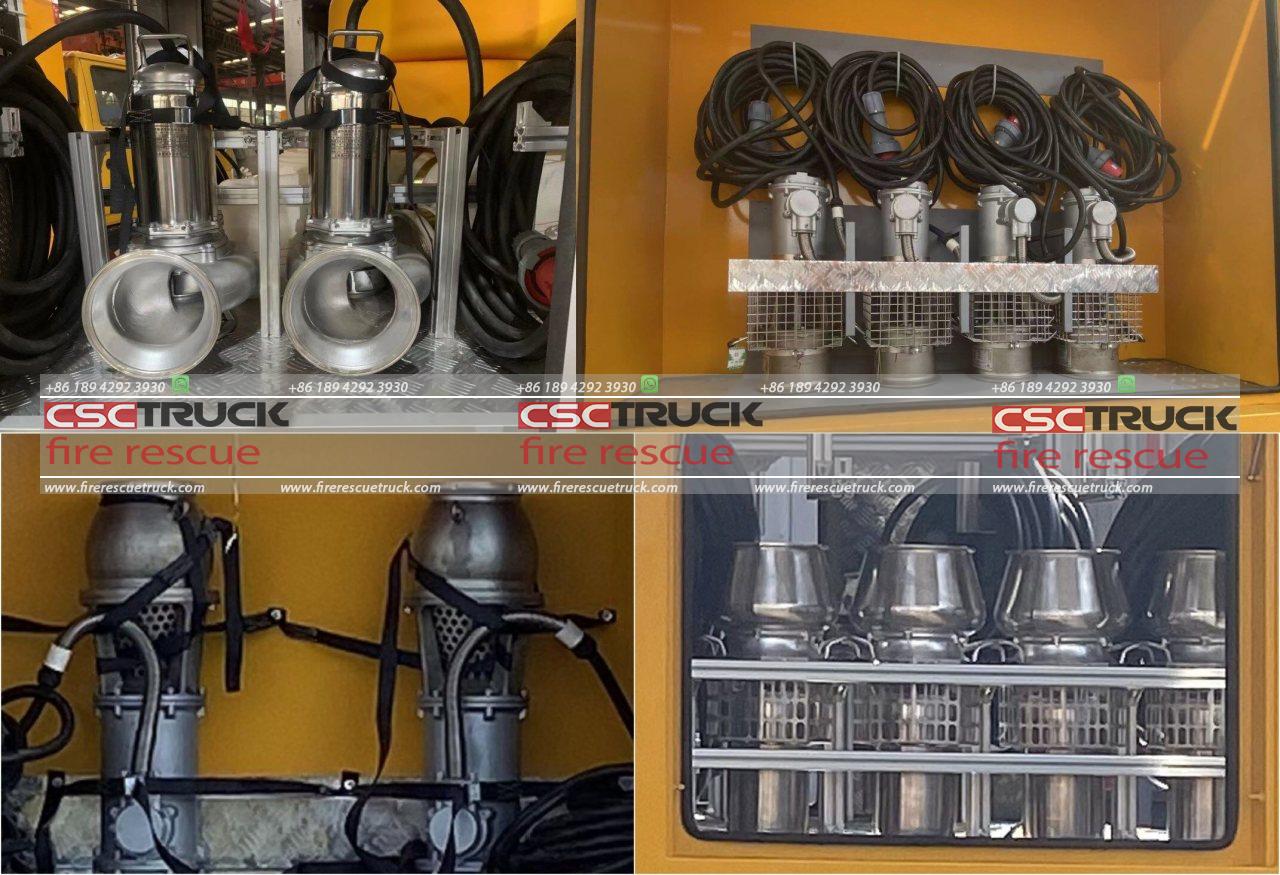In the realm of emergency response, every second counts. Whether it’s a natural disaster, a medical emergency, or a fire, the ability to reach those swiftly and efficiently in need can mean the difference between life and death. Traditionally, rescue vehicles have been designed with a walk-in configuration, allowing emergency responders to access equipment and aid from within the vehicle itself. However, an innovation is revolutionizing the field of rescue operations: the non-walk-in rescue vehicle.
Imagine a vehicle that combines the mobility of a traditional ambulance with the versatility of a command center. Enter the non-walk-in rescue vehicle – a compact yet fully-equipped unit that is redefining the way emergency responders approach their missions. Unlike its predecessors, this vehicle is designed to be operated from the outside, eliminating the need for responders to enter the vehicle to access equipment or provide aid. Let’s explore how this innovative design is transforming rescue operations across the globe.
Mobility and Accessibility
One of the primary advantages of the non-walk-in rescue vehicle is its enhanced mobility and accessibility. Traditional rescue vehicles can be bulky and difficult to maneuver in tight spaces or rough terrain. In contrast, the non-walk-in vehicle is compact and agile, allowing it to navigate urban streets, remote areas, and disaster zones with ease. Its streamlined design enables it to reach areas that may be inaccessible to larger vehicles, ensuring that help can reach those in need no matter where they are located.
Furthermore, the external configuration of the non-walk-in vehicle means that all essential equipment is readily accessible from the outside. This eliminates the need for responders to waste precious time entering the vehicle to retrieve tools or supplies, allowing them to focus on providing immediate assistance to victims. Whether it’s a medical kit, firefighting equipment, or search and rescue gear, everything is conveniently located and easily deployable, speeding up response times and saving lives in the process.

Versatility and Customization
Another key feature of the non-walk-in rescue vehicle is its versatility and customization options. Unlike traditional rescue vehicles, which often come in standardized configurations, the non-walk-in vehicle can be tailored to meet the specific needs of different emergencies. From medical emergencies to natural disasters to hazardous material incidents, the vehicle can be equipped with specialized equipment and technology to handle a wide range of scenarios.
For example, in the event of a mass casualty incident, the vehicle can be outfitted as a mobile triage unit, complete with medical supplies, stretchers, and communication systems to coordinate with hospitals and other response teams. Alternatively, in a wildfire or urban firefighting situation, the vehicle can serve as a command center, providing real-time data, mapping capabilities, and logistical support to incident commanders on the ground. The possibilities are endless, limited only by the imagination and ingenuity of emergency response agencies.
Efficiency and Cost-effectiveness
In addition to its operational benefits, the non-walk-in rescue vehicle offers significant advantages in terms of efficiency and cost-effectiveness. By consolidating essential equipment and resources into a single, compact unit, agencies can streamline their response efforts and reduce the need for multiple vehicles and personnel. This not only saves valuable time and resources but also allows agencies to maximize their effectiveness in the field.
Furthermore, the modular design of the non-walk-in vehicle makes it easy to upgrade and adapt to evolving needs and technologies. As new equipment and capabilities become available, agencies can simply retrofit their existing vehicles rather than invest in entirely new ones. This not only reduces costs but also ensures that agencies are always equipped with the latest tools and technologies to respond to emergent threats and challenges.

Conclusion
In conclusion, the non-walk-in rescue vehicle represents a paradigm shift in the field of emergency response. Its innovative design, enhanced mobility, and versatility are redefining the way emergency responders approach their missions, allowing them to reach those in need faster and more efficiently than ever before. By eliminating the need for responders to enter the vehicle to access equipment or provide aid, the non-walk-in vehicle is revolutionizing rescue operations and saving lives in the process. As technology continues to advance and new challenges emerge, one thing is clear: the future of rescue is swift, efficient, and non-walk-in.







